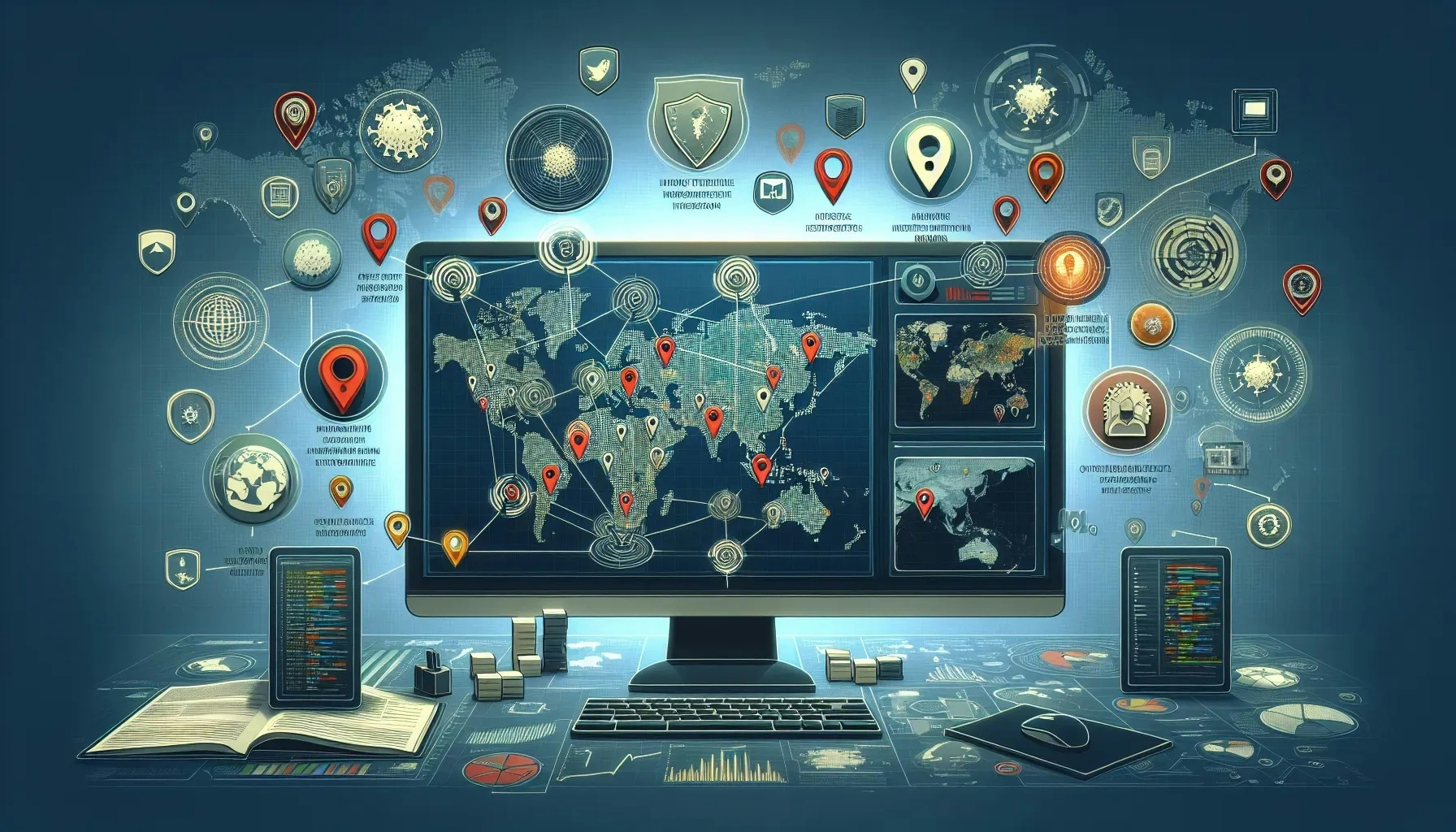How Does Threat Intelligence Influence Security Strategies?
In the ever-evolving landscape of cybersecurity, CEOs and CTOs have shared their experiences on how threat intelligence has reshaped their security strategies. From enhancing incident-response capabilities to taking proactive measures, discover the seven impactful ways these leaders are fortifying their defenses.
- Enhanced Incident-Response with Intelligence
- Shift Focus to Vulnerable Team Members
- Update Defenses Against Ransomware Attacks
- Incorporate Physical Security with Threat Data
- Strengthen VPN Security Through Intelligence
- Proactive Measures to Secure System Early
Enhanced Incident-Response with Intelligence
Threat intelligence plays a pivotal role in shaping our cybersecurity strategy. A specific example of its influence is our enhanced incident-response capability. By integrating real-time threat intelligence, we are able to quickly identify and analyze potential threats, such as new malware variants or emerging phishing tactics. This allows us to respond proactively, rather than reactively, to potential security incidents.
For instance, through strategic threat intelligence, we identified a trend in targeted ransomware attacks within our industry. This insight led us to strengthen our defenses specifically against this type of attack by implementing advanced monitoring tools and training our team on the specific tactics, techniques, and procedures used by these threat actors. As a result, we have successfully thwarted several attempts and minimized potential disruptions, demonstrating the direct benefit of integrating detailed threat intelligence into our security operations.

Shift Focus to Vulnerable Team Members
As the CEO and President of a recruiting firm, I'm responsible for the privacy and protection of ample data. My reputation relies on a system free of weaknesses.
Threat intelligence helps me stay ahead of malicious actors.
Recently, I noticed that something had shifted in my analysis. The targets at our company were no longer upper-echelon workers; instead, hackers and phishers were going after junior members, assistants, receptionists, and even interns more regularly. These lower-level workers didn't have as much access to private data, but they also had less training, meaning that the data they did possess was at risk.
Because threat intelligence revealed this fact to me in real-time, I was able to quickly shift our security strategy and focus more on the team members who needed updated briefings.

Update Defenses Against Ransomware Attacks
Integrating threat intelligence into our security strategy significantly enhanced our defensive capabilities against sophisticated attacks. For instance, we encountered a series of attempted ransomware attacks targeting our network. By leveraging real-time threat intelligence feeds, we were able to identify the attack patterns and indicators of compromise (IoCs) linked to this threat.
This enabled us to swiftly update our antivirus signatures and firewall rules, effectively blocking the ransomware from penetrating our defenses. Furthermore, threat intelligence allowed us to conduct proactive threat hunting within our network, identifying and isolating vulnerable systems before they could be exploited. This approach not only thwarted the immediate threat but also reinforced our overall security posture by ensuring that all potential security gaps were addressed promptly.

Incorporate Physical Security with Threat Data
One of our clients, a multinational corporation, experienced a shift in their security strategy after integrating threat intelligence into their visitor management system. They discovered that previous security measures were primarily focused on cyber threats, neglecting physical vulnerabilities.
By leveraging threat intelligence, they were able to identify patterns of suspicious behavior among visitors, leading to the implementation of stricter access controls and enhanced monitoring protocols, ultimately fortifying their overall security posture. This example underscores the importance of integrating physical security considerations into broader threat intelligence frameworks, highlighting that comprehensive security strategies must address both digital and physical threats.
Strengthen VPN Security Through Intelligence
In our organization, the implementation of threat intelligence has significantly shaped our security strategy, particularly in the context of using a virtual private network (VPN). By monitoring and analyzing threat intelligence data, we have been able to identify emerging threats and vulnerabilities that could potentially compromise the security of our VPN infrastructure.
Doing so has empowered us to proactively address these issues by strengthening our encryption protocols, implementing multi-factor authentication, and regularly updating our VPN software. Furthermore, threat intelligence has helped us stay informed about the latest threat actors and their tactics, enabling us to fine-tune our security controls and better protect our network against potential attacks. Threat intelligence has been instrumental in influencing our security strategy and ensuring the integrity and confidentiality of our VPN communications.

Proactive Measures to Secure System Early
Recently, we were in the midst of finalizing a major commercial real estate deal in downtown Montreal. It was a high-stakes transaction involving multiple parties and significant financial resources. Just when everything seemed to be falling into place, our threat intelligence system flagged a potential security breach targeting businesses in the area.
This was a wake-up call for us. We immediately sprang into action, leveraging the insights provided by the threat intelligence to conduct a thorough risk assessment. We identified vulnerabilities in our existing security protocols and promptly implemented robust countermeasures to mitigate the risk. This included strengthening network defenses, enhancing employee training on cybersecurity best practices, and reinforcing physical security measures at our properties.
Thanks to the proactive approach enabled by threat intelligence, we were able to successfully navigate through the transaction without any security incidents. This experience reaffirmed the importance of staying ahead of emerging threats and continuously adapting our security strategy to protect our clients' interests and uphold our reputation as a reliable real estate agency.



